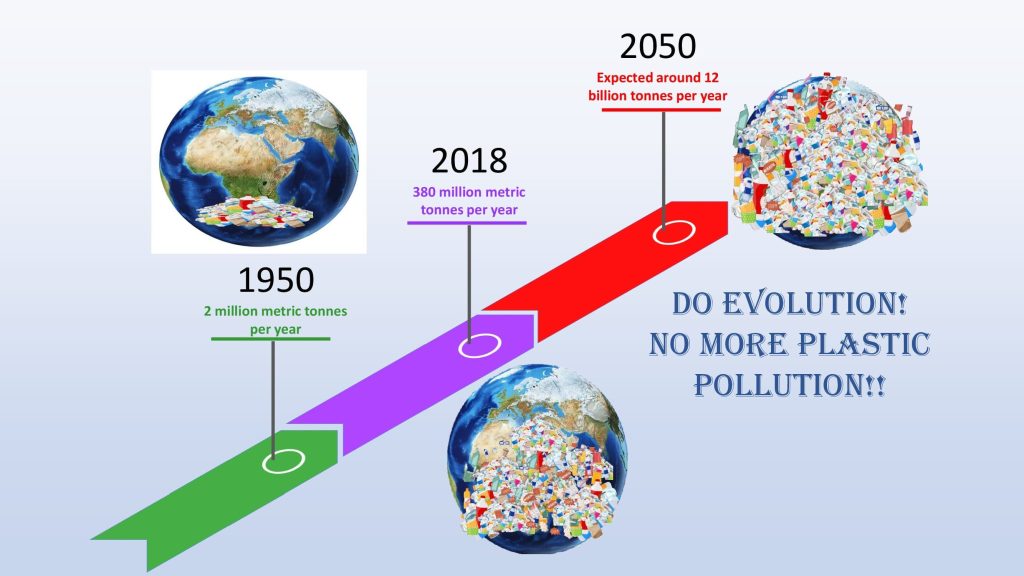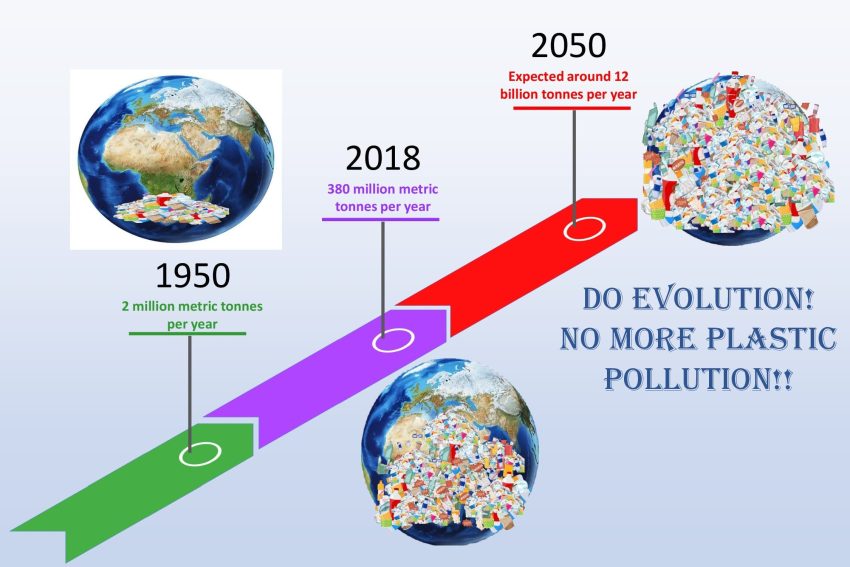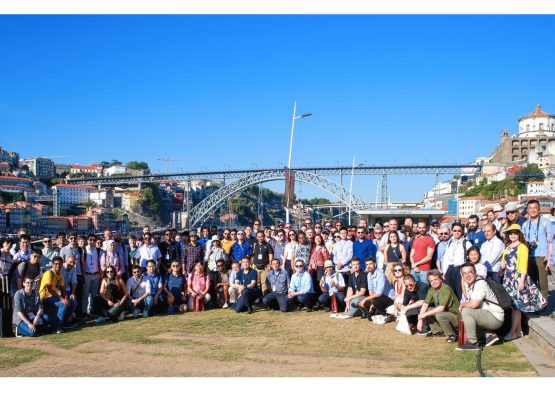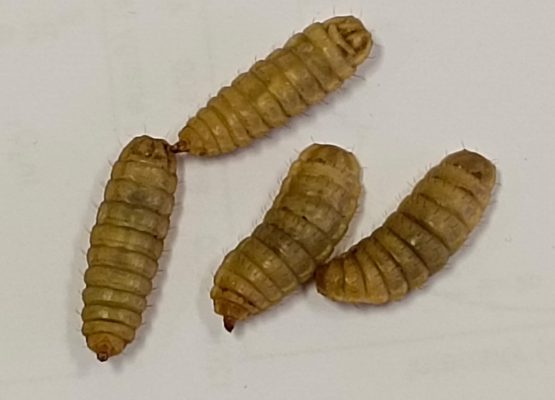Plastics have become entrenched materials in our daily routine, and the bitter truth is that it is the main cause of pollution to the environment and a threat to living organisms with rigorous repercussions. Plastic pollution affects the natural phenomenon on land inhabitants and disturbs the marine ecosystem. Global production of plastics was about 2 million metric tons per year in 1950, but by 2018, it had increased to 380 million metric tons per year, and if the current trend continues, it is expected to reach around 12 billion metric tons per year by 2050. About 26 million tonnes of plastic waste is generated in Europe alone every year, and around 80% of the marine litter is plastics.

Plastics are obtained both naturally and by synthetic techniques. The eco-friendly plastics that are produced naturally include rubber, silk and wool, which do not cause any problems since they have the tendency to degrade. However, the synthetic plastics derived from fossil fuels like coal, crude oil and natural gas are largely non-degradable and continue to accumulate in the environment. On the molecular level, plastics are made of polymers by the process called polymerization and polycondensation. Each polymer has its own properties, structure, size and implications.
The production and development of plastics have revolutionized our lives through their various applications, and humans are addicted to using these indestructible plastics. Also, the throw-away culture of plastics leads to numerous hazards, accounting for land, water and air pollution. These conventional plastics will take hundreds of years to degrade and also do not fully deteriorate; instead break down into microplastics, which are less than 5 mm in size. Already, researchers have found these microplastics have entered into various parts of the food chain, which is very harmful to the ecosystem. Although recycling is considered as one solution to reduce the plastic pollution, it is a very complicated and challenging process. The raw materials and the chemical compositions used to make these plastics, and the lack of infrastructure and resources complicate the recycling process. This in turn affects the quality of end products and increase in the price of the recycled plastics.
The effective remedy for the plastic pollution would be producing bio-based, biodegradable and compostable plastics and accelerate the transition towards a circular approach. In supporting this idea, the BioLaMer project takes an innovative concept of producing two important eco-friendly biopolymers, namely polyhydroxyalkanoates (PHA) and chitosan, from the food-eating black soldier fly larvae through two biorefinery processes.




